Foo Fighters
Buy Foo Fighters With the suicide of Nirvana front man Kurt Cobain abruptly ending what looked like a promising rise for the rock trio in 1994, the group’s drummer, Dave Grohl, decided to write […]
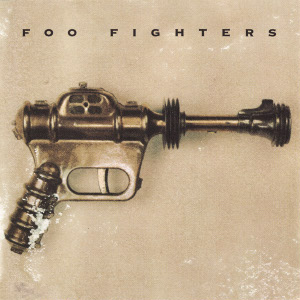
Buy Foo Fighters With the suicide of Nirvana front man Kurt Cobain abruptly ending what looked like a promising rise for the rock trio in 1994, the group’s drummer, Dave Grohl, decided to write […]
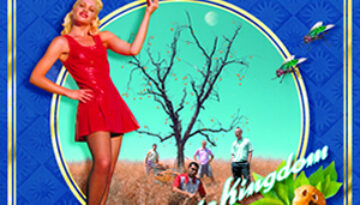
Buy Tragic Kingdom No Doubt offered an upbeat breath of fresh air to the mid nineties with their dynamic masterpiece, Tragic Kingdom. This third overall studio album by the California-based rock band found tremendous […]
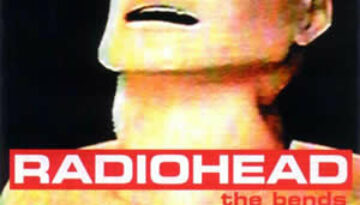
Buy The Bends The Bends is the classic rock coming of age album by Radiohead, for which they received critical acclaim as well as chart and commercial success. This 1995 album was at […]
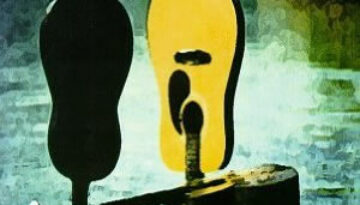
Buy River Songs After honing their sound for half a decade, The Badlees found their first real commercial success with River Songs. Originally released as the quintet’s third independent studio album in early […]
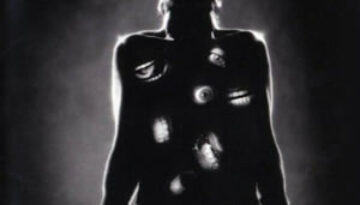
Buy Ozzmosis Ozzmosis is a solid rock album and, perhaps, the last best solo effort by Ozzy Osbourne. This seventh solo studio album was also sort of a comeback for the iconic rock […]
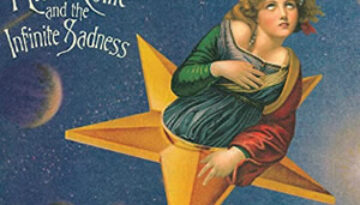
Buy Mellon Collie and the Infinite Sadness Smashing Pumpkins went all in on their third release, the super-sized, 28-track Mellon Collie and the Infinite Sadness and remarkably this worked both critically and commercially. […]
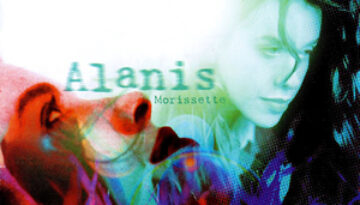
Buy Jagged Little Pill Jagged Little Pill is one of the most indelible albums to emerge from the decade of the 1990s. This third overall studio release by Canadian Alanis Morissette was her […]
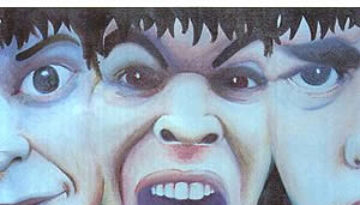
Buy I Should Coco Supergrass released their debut album, I Should Coco in 1995. This energetic and eclectic record features an array of rock sub-genres from Brit pop to punk to ska to […]
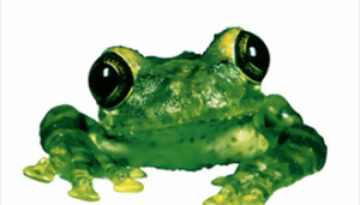
Buy Frogstomp Australian grunge rockers Silverchair launched their recording career when all three members were still teenagers in 1995 with the debut album Frogstomp. The compositions and sound of this record continue the […]
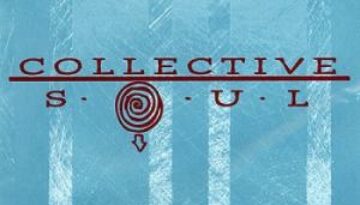
Buy Collective Soul Collective Soul reached its full musical promise and commercial success with their 1995 self-titled second album, sometimes referred to as their “blue album”. Here, the rock quintet from Georgia struck […]